Kubernetes Telemetry Data Optimization in Five Steps with Mezmo
Kubernetes (K8s) is at the forefront of modern infrastructure, but with its capabilities comes a deluge of telemetry data. Efficiently managing and optimizing this data is crucial to harnessing the full potential of your Kubernetes deployments.
First, Understand Your Telemetry
Telemetry data is overwhelming, but mastering it can be transformative. Before optimizing the data, it is important to create a profile for understanding. Which applications and infrastructure are creating the event data? Are there redundant messages or repetitive data that can be sampled, aggregated or transformed into a simple metric. The profile will help you with the next steps.
Optimize Your Telemetry
The key lies in a comprehensive 5-step approach:
- Filter to eliminate redundant and non-essential logs, reducing noise and improving data clarity.
- Route invaluable telemetry data to long-term storage solutions, bypassing immediate observability tools and real-time analysis when necessary.
- Trim / Transform your data by removing noise and converting it into more efficient formats for storage and processing.
- Merge related events to reduce redundancy and streamline data processing.
- Condense voluminous logs into actionable metrics to save time and resources while speeding up performance.
Implementing these steps, can yield significant improvements for businesses including but not limited to:
- up to a 62% data reduction in web logs
- a 94% reduction in Firewall Log volume
- over 50% overall telemetry data reduction
Here, we'll delve into the process to optimize and manage this data, ensuring your Kubernetes operations are both streamlined and effective and showing you how to reshape your Kubernetes telemetry data management.
Implementing the Five Steps
Optimizing Kubernetes telemetry data requires a structured approach. Let's unpack these five critical steps:
Filtering
Reducing noise is the first step towards clarity. By filtering out redundant and non-essential logs, you significantly reduce storage costs and improve data readability.
Imagine sitting through hundreds of web logs, with over 60% of them being status=200 messages. Filtering these repetitive logs out would immediately lighten the load and enable you to focus only on the anomalies.
Routing
Next comes routing. Not all data has the same usage or value. Routing certain logs to long-term storage ensures compliance without cluttering real-time analysis tools.
For example, your Kubernetes setup generates audit logs that don’t need real-time analysis but are crucial for compliance. Routing these directly to cold-storage keeps them accessible without overburdening your primary storage.
Trimming and Transforming
Raw data often comes with excess information, requiring you to trim and transform it. Trimming and transforming this data ensures it’s in the optimal format for analysis, reducing storage costs and improving processing times.
A single Kubernetes event log, for example, might contain extensive debugging data, including stack traces. Being able to extract only the essential information saves on storage and improves overall clarity.
Merging
Repetitive data points can be merged into single comprehensive logs, enabling you to retain crucial information while eliminating the redundancy and volume that comes from numerous identical logs.
Multiple firewall logs from your Kubernetes nodes, for example, may have identical fields (sans timestamps). Being able to merge these based on criteria such as source and destination IPs can drastically reduce data volume without loss of insight.
Condensing
Raw logs are often verbose and hard to digest, making it hard for you to get the insights you need without condensing them. Being able to condense them into metrics provides a more digestible format for analysis, enabling faster insights and improving performance.
Think about that. Instead of sifting through thousands of logs indicating successful node health checks, you can use a single metric to provide a clear picture of node health over time.
The Numbers Don’t Lie
Through rigorous testing and collaboration with our teams, we conducted an in-depth study to validate our claims on data reduction.
The highlights of our findings include:
- Filtering: Reduced standard web logs like Apache and nginx by 62% using specific criteria like IP, URL, and request type.
- Routing: Segregated over 67% of Kubernetes logs, directing them to cold storage.
- Trimming and Transforming: Decreased Kafka logs by 50%, while retaining essential information for troubleshooting.
- Merging: Achieved a 94% reduction in Firewall Log volume by consolidating based on source and destination IPs.
- Log-to-Metric Conversion: Potential to cut volume by over 90% for informational logs with the right tuning.
In essence, our research indicates that these strategies can cut telemetry data volume by more than half without affecting observability quality.
For those who wish to delve deeper into our research process and the detailed methodology behind these findings, we invite you to check out our Telemetry Blueprint: Turning Vast Data into Business Insights white paper, where you can dive deeper into the full story and understand the intricacies of our approach.
Conclusion
Optimizing telemetry data in a Kubernetes environment isn't just about reducing volume—it's about ensuring clarity, efficiency, and actionable insights. With the right approach, supported by tools like Mezmo, you're not just managing data; you're harnessing its true potential.
Ready to reshape your Kubernetes telemetry data management?
Try Mezmo's free pipeline and witness the transformation firsthand.

.jpg)

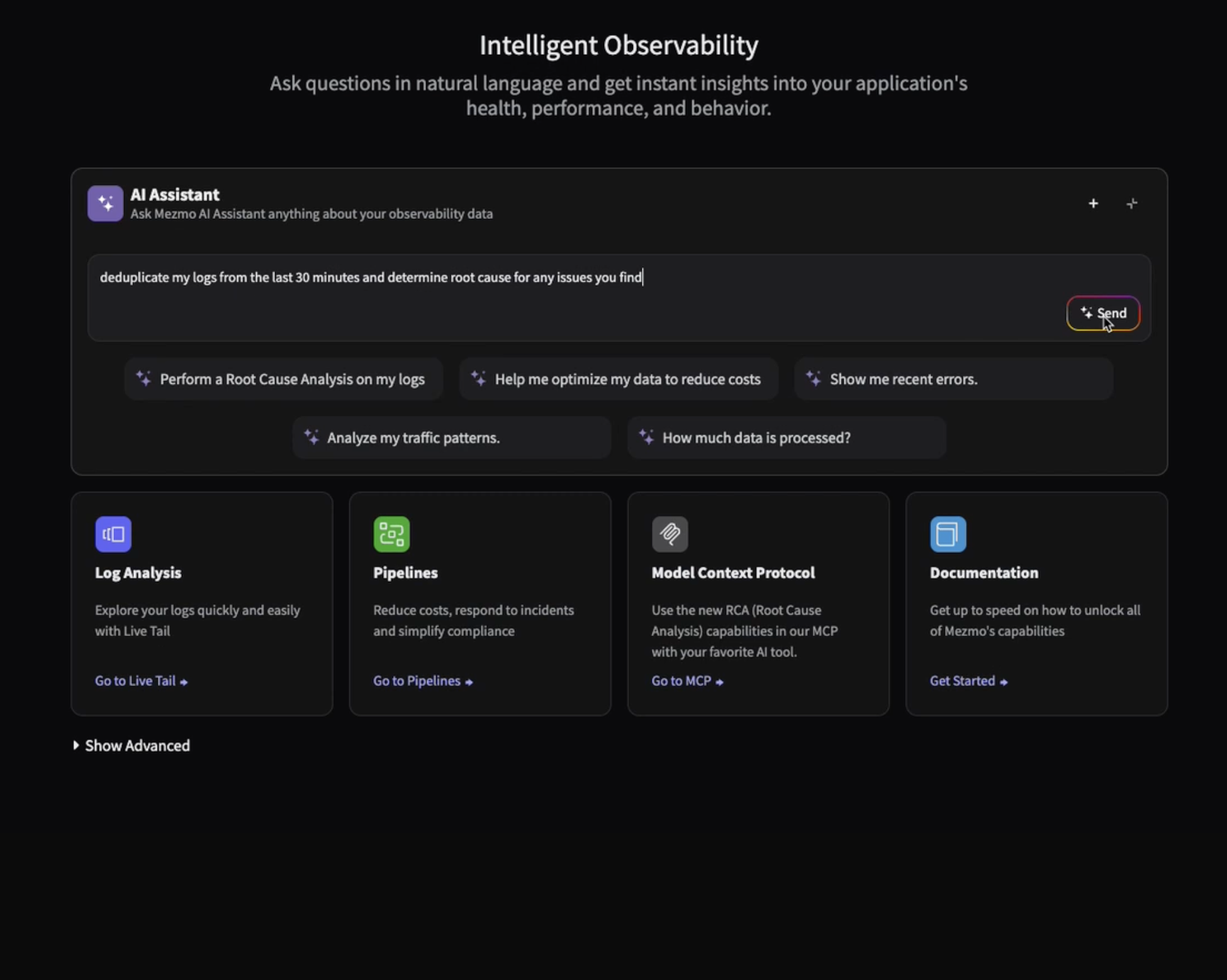
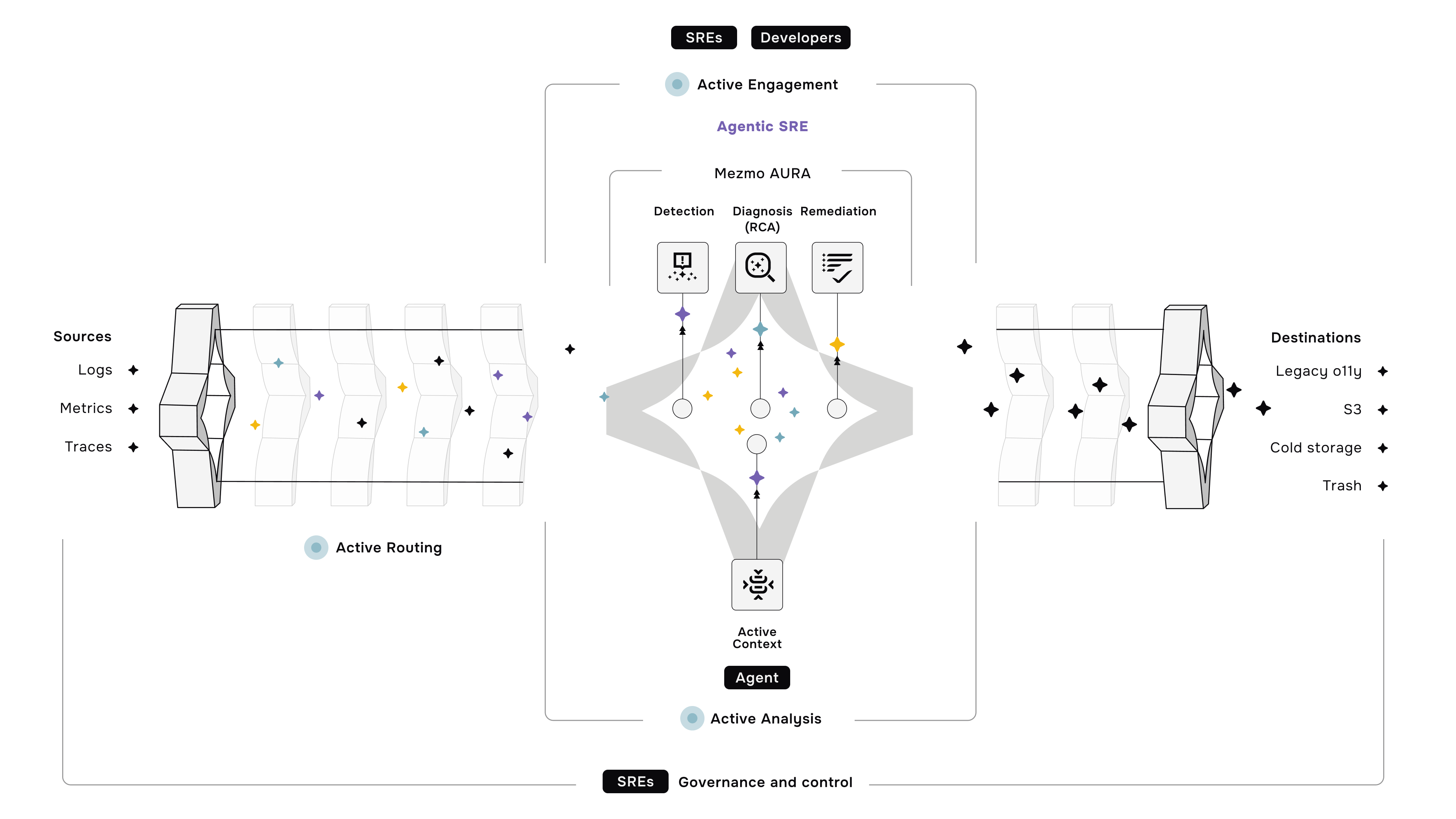

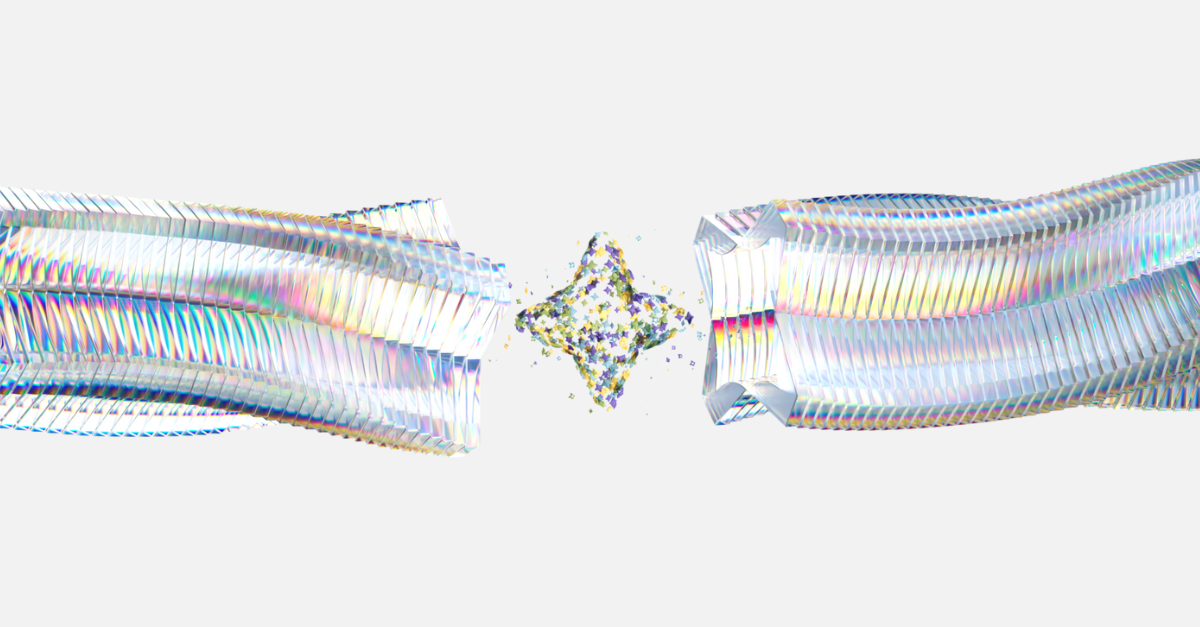




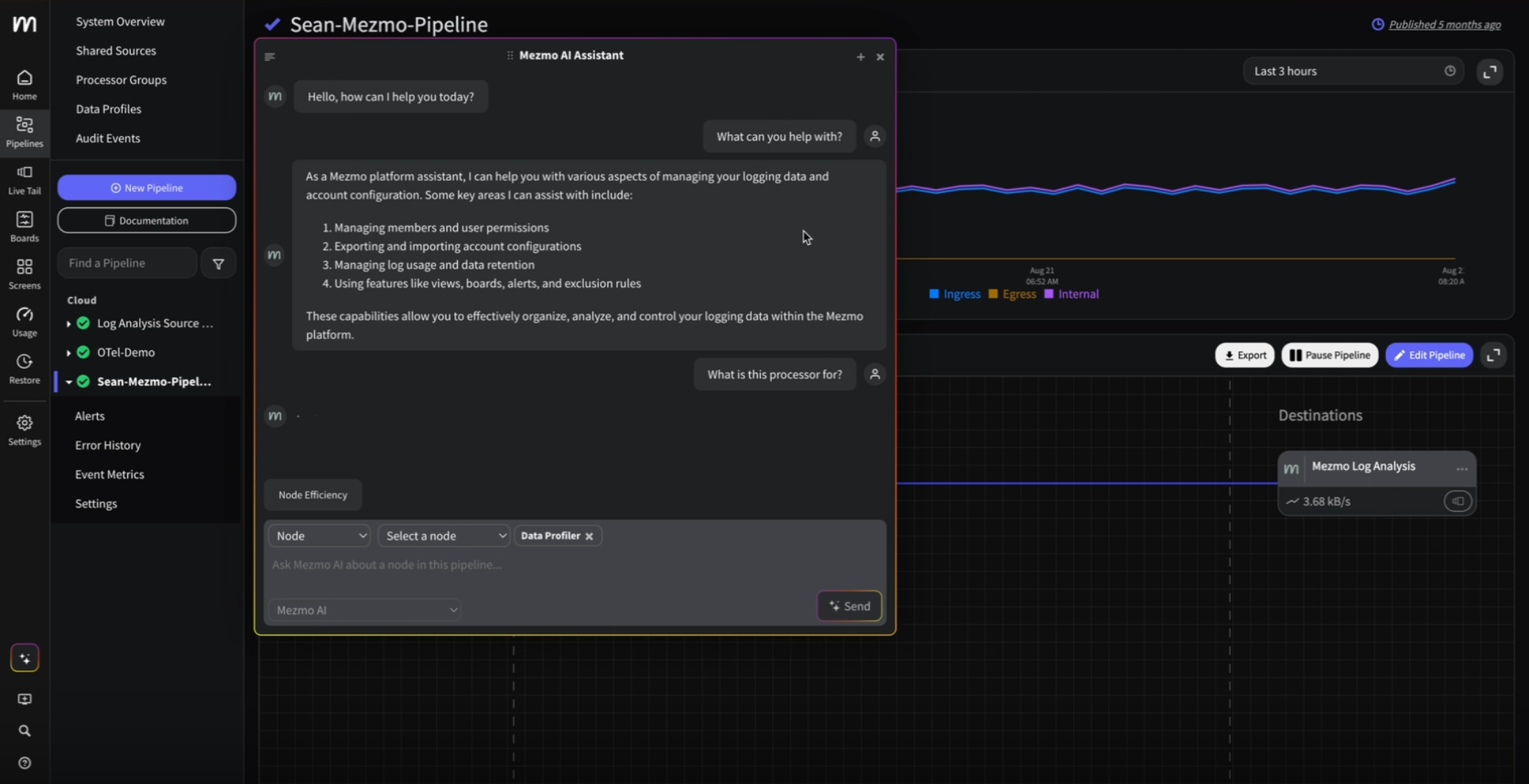


.png)




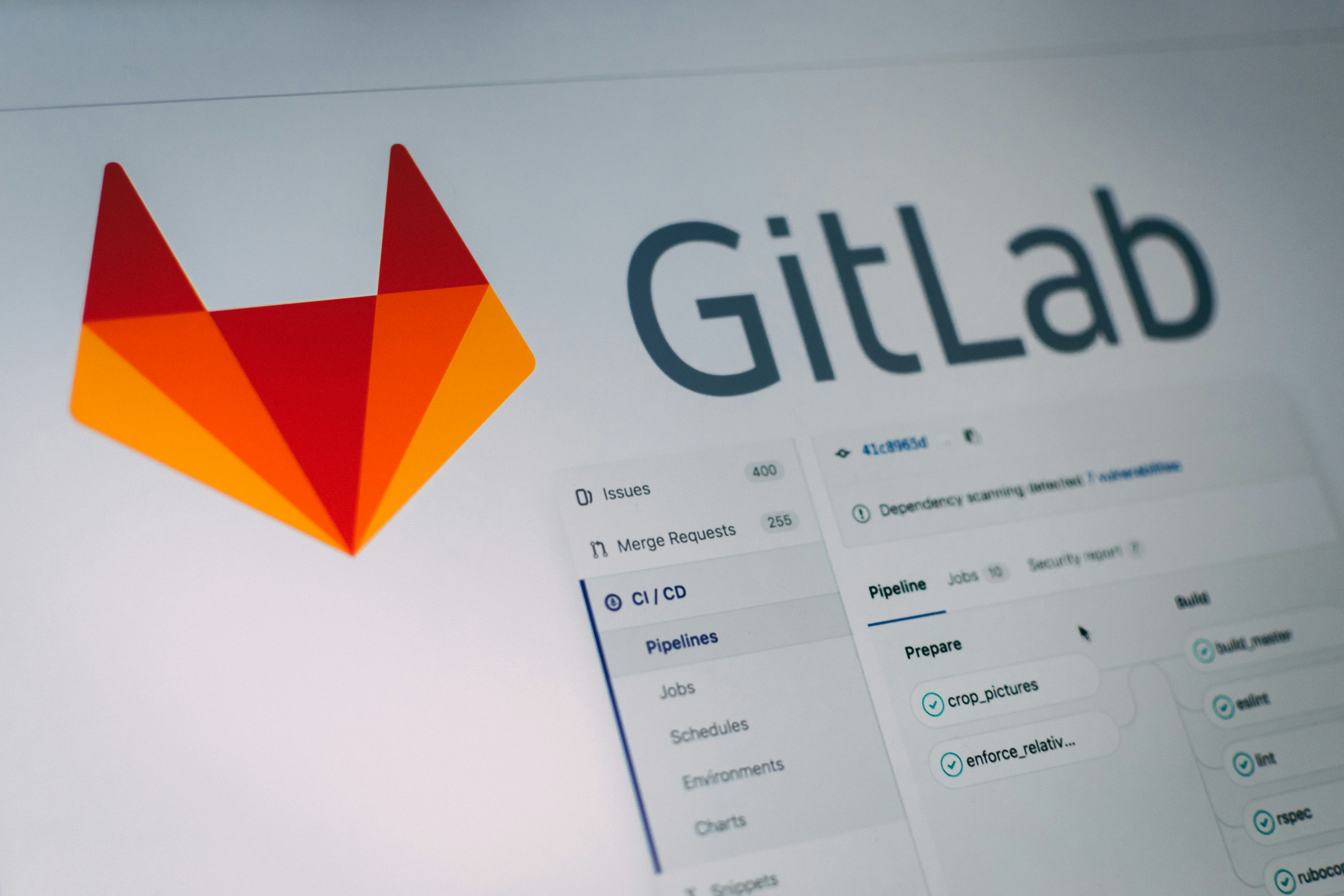



















.png)

































































